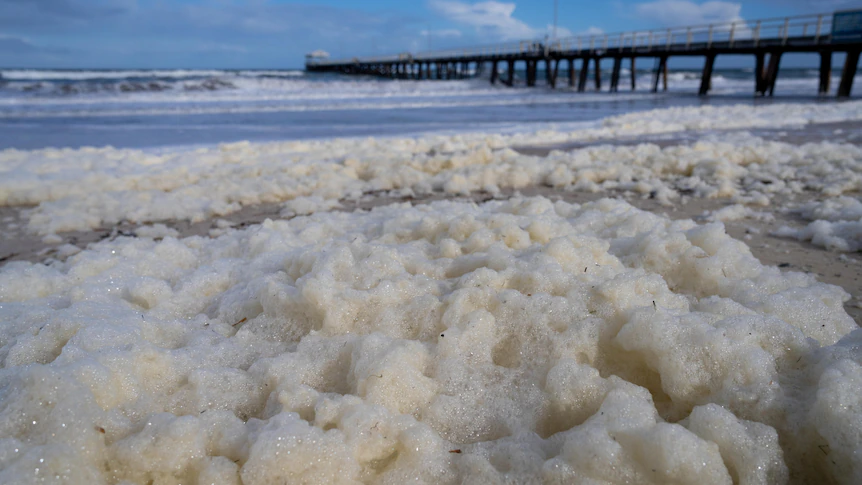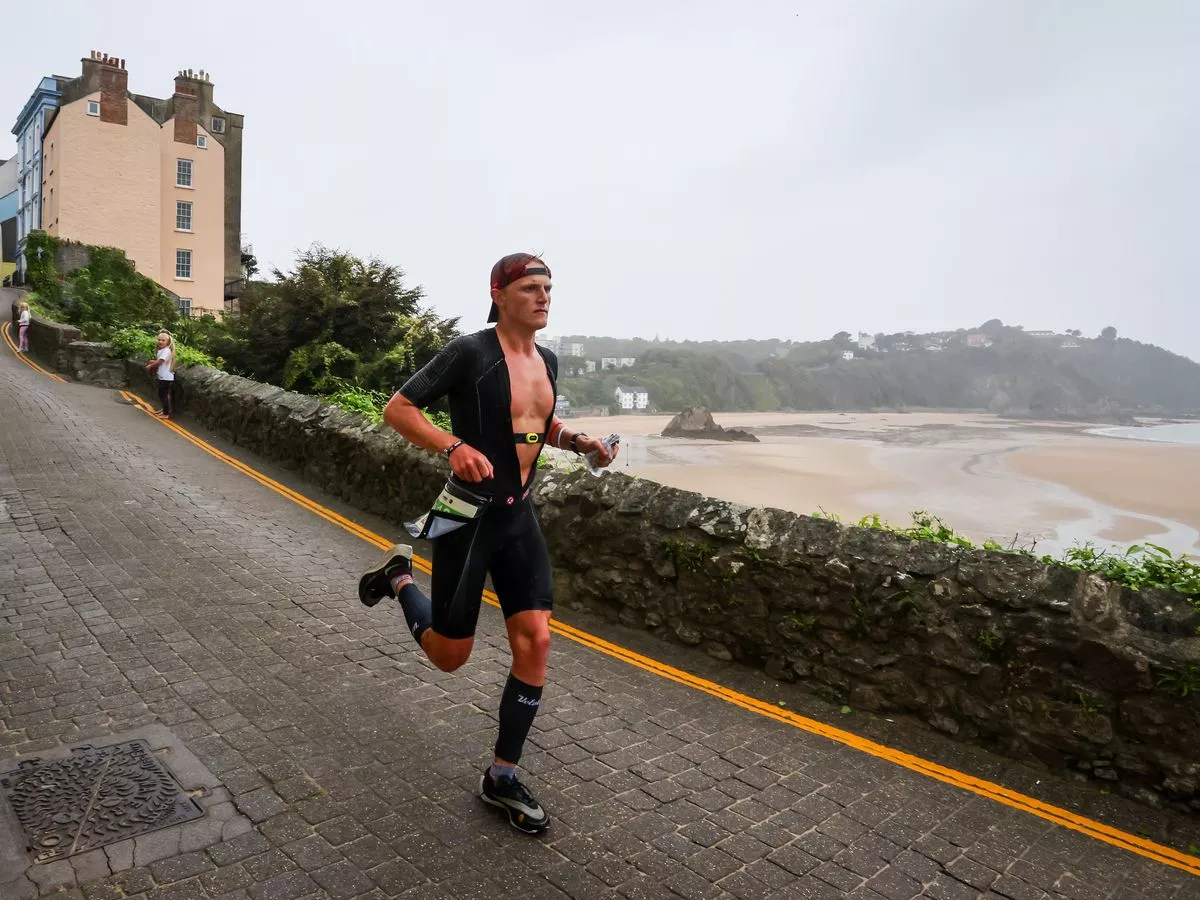By Will Hunter
Copyright abc

Authorities have told a group of residents living near a metropolitan Adelaide beach to close their doors and windows to prevent symptoms related to South Australia’s ongoing algal bloom.
Chief Public Health Officer Nicola Spurrier told a press conference on Thursday that she had spoken to residents at Henley Beach who “can’t move away from the beach” about actions they could take to avoid feeling the impact of algae aerosols.
She said everyone was in a “slightly different situation” and ruled out further changes to health advice as she addressed journalists at the weekly algal bloom task force update.
“Surfers totally addicted to surfing, they’re not going to stay out of the water … they’re going to be totally fine and wash it off and go back in tomorrow,” Professor Spurrier said.
“Some of the other groups of people we’ve been talking to, I had a good conversation with some local residents at Henley, they can’t move away from the beach … their house is there.
“We’ve given additional advice to those people about keeping the windows and doors closed, particularly if there’s an onshore breeze.”
On Thursday afternoon, a SA Health spokesperson said “from time to time” strong winds and wave action may cause people living near affected beaches to experience eye, skin or respiratory symptoms.
“If this happens, stay indoors with windows closed until conditions change or symptoms resolve,” it said in a statement.
“Some people may find using an air purifier to be helpful.”
Professor Spurrier said SA Health had provided standard advice “that you would if there’s another allergen in the air” such as irritants like pollen.
“We’ve given out exactly what needs to be done,” she said.
Escalated guidance emerged about a fortnight ago, advising people with asthma to “responsibly” carry medication when visiting foam-stricken beaches.
Some locals living along the state’s coastal regions have been reporting flu-like symptoms since the harmful algal bloom was first detected in March.
More foam on the way
Large amounts of foam washed up on Wednesday in Adelaide’s south, including at Port Noarlunga, covering the shore and shocking beachgoers.
Local resident Sally Frost said she normally avoided going to the beach because she was “sick of seeing all the poor, dead fish” but had decided to take her dog for a walk.
“It has been very, very windy the last few days and the foam has been ridiculous, it’s been horrible,” Ms Frost said.
“I’ve had a sore throat and a bad cough and a sore chest the last few days, and I’m just presuming it’s the horrible air that the foam is adding to.”
Premier Peter Malinauskas warned the metropolitan coastline was currently “most adversely affected” by the bloom and made note of the impact along southern beaches.
He said onshore winds were expected to whip up more foam in the coming days.
“It is most likely we will see a strong presence of foam on many of our metropolitan beaches, and that is worthy of people being conscious of,” Mr Malinauskas said.
“That is not an invitation for everybody to avoid the beach, but rather for people just to follow health advice that we’ve been putting out there publicly now in recent weeks.”
Bureau of Meteorology senior meteorologist, Mark Anolak, told ABC Radio Adelaide wind would pick up alongside squally showers on Friday and into the weekend.
“Fairly gusty, I would say sort of the order of 60 to 80 kilometres an hour at times during the afternoon, with the actual passage of the cold front, so be prepared for some gusty showers through the afternoon,” Mr Anolak said.
South Australian Research and Development Institute (SARDI) executive director Professor Mike Steer reiterated testing of the sea foam which appeared at Henley Beach weeks ago identified the presence of karenia mikimotoi.
“The results of that information identified that there’s a real clear link between the composition of karenia in the water, and brevetoxin-like substances,” he said.
Professor Steer said the “strong correlation” between the two meant there was no need to sample foam on a regular basis to test for the substances.
“The cell counts are already providing sufficient information for us to support our understanding of the bloom,” he said.
He also affirmed that strong weather including onshore winds and storm events would “naturally churn up” algae-impacted water, creating foam and airborne particles.
No plans to close beaches
Authorities said there was still no intention to close impacted beaches as the state government committed to releasing summer management plans by next month.
Professor Spurrier instead encouraged people to make informed decisions about going to the beach, noting it was a “dynamic situation” which was constantly changing.
“It is a much more practical way of dealing with this situation to give people the actual advice that they can make that decision themselves,” she said.
The weekly update revealed rising algal levels at 27 of the 89 testing sites — an increase from 83 — while the levels remained steady at a further 40 sites.
Decreases were reported at the remaining 22.
Professor Steer said SA was still seeing “levels of persistence of algae” along the metropolitan coast as it moved in a southerly direction.
“Similarly, if we go over to Spencer Gulf, it’s still occupying that western side … up to about Lucky Bay,” he said.
He said the level of threat to cuttlefish at Point Lowly was still being monitored.



